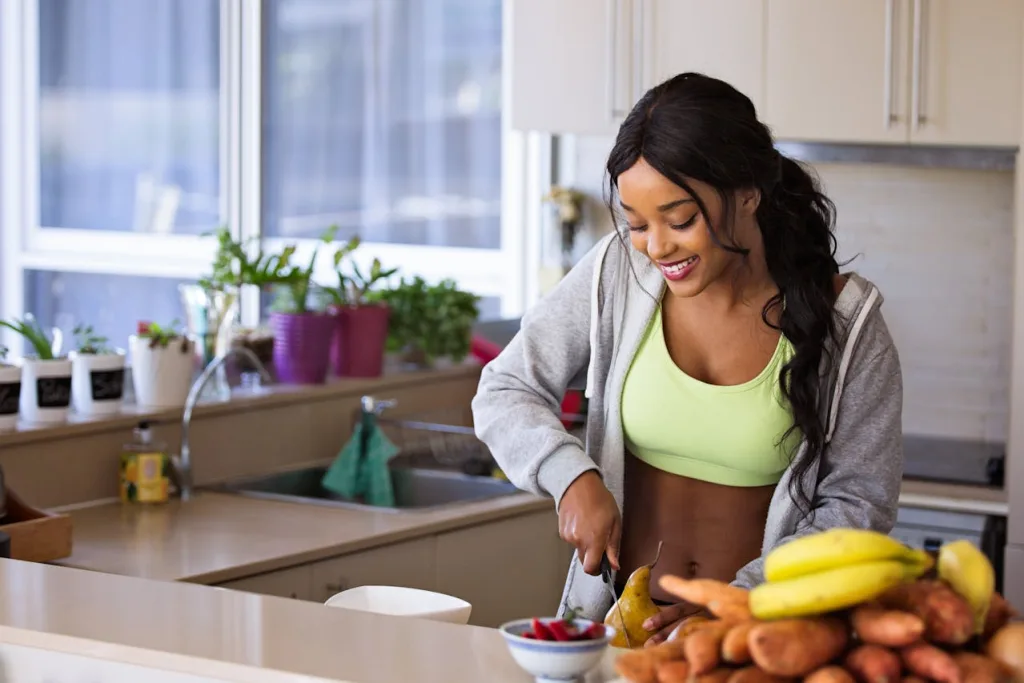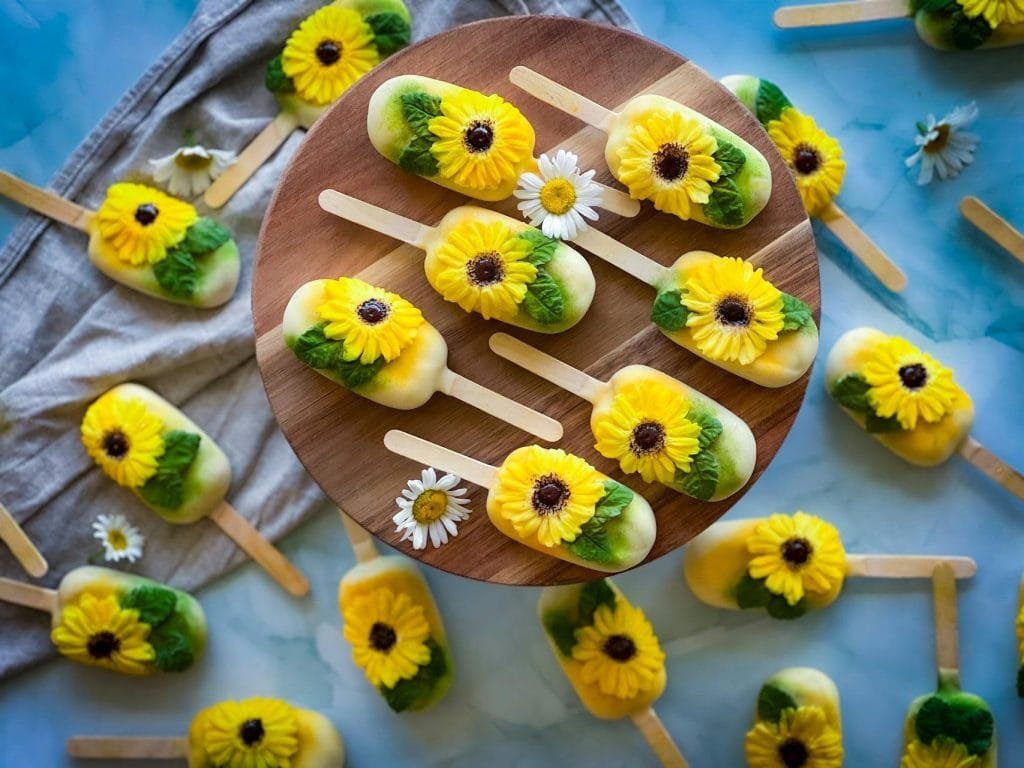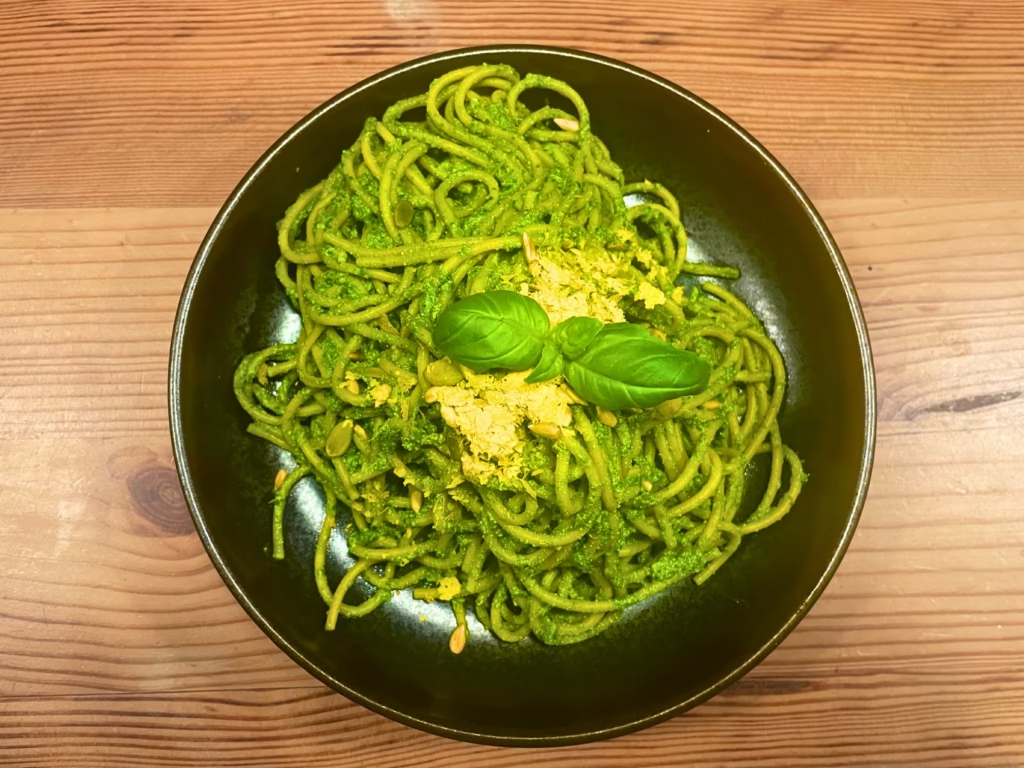We all know that we need to eat more nutritious food to stay healthy, but sometimes, we don’t have the time or the energy to even think about what to cook.
We all have been there: you want to be healthy but are too exhausted after a long day of work to cook, and there are no easy, quick-to-prepare meals at home, so you end up ordering a takeaway.
The key to our success is to understand that these things are natural and will happen, so we need to be prepared. Here are the top tips on how to eat more nutritious food that helped me stay healthy after a long day at work, when travelling, or on holiday.
1. Do it together
If you want to eat healthy, nutritious food, but your partner is happy to order takeaways every single day and has a stack of chocolates in a cupboard, it will be extremely hard for you to stick to it. So your first step is to convince your household that these small changes will make you all happier and healthier in the long term. It will not be easy, but it is the only way to success.
2. Don’t buy junk
Good nutrition starts when shopping for food, not when you eat it. I know it sounds very obvious, but if there is no junk food in your house, you will not eat it. We are very optimistic if we think that we will have those packets of crisps and chocolates lying there in a cupboard and we will not eat them. Willpower is so overrated, I definitely do not have it when I am hungry and I can see chocolate bars in my cupboard. Crisps are even worse, they are definitely my guilty pressure, no matter how much nutrition knowledge, I have, I can not resist them.
If you do want to keep some unhealthy but very satisfying snacks for special occasions, make some rules—you can only have them on weekends and can only have one serving, not a whole pack. And make sure to keep them at the bottom of the cupboard so you can’t see them every time you open it.
If you want to go one step further, delete all the takeaway apps or block them for most of your week. Make it harder to order food so you cook it instead.
3. Have a jar full of mixed nuts and seeds
I pinched this tip from Tim Spector and find it very useful. I buy many different kinds of unsalted nuts and seeds, mix them in a jar, and then sprinkle them on my breakfast, add them to smoothies and salads, or grab a small amount (a thumb size) as a snack if I am hungry. I also pack some in a little tub when travelling. I restock it each week with different nuts and seeds so I get different varieties each week.
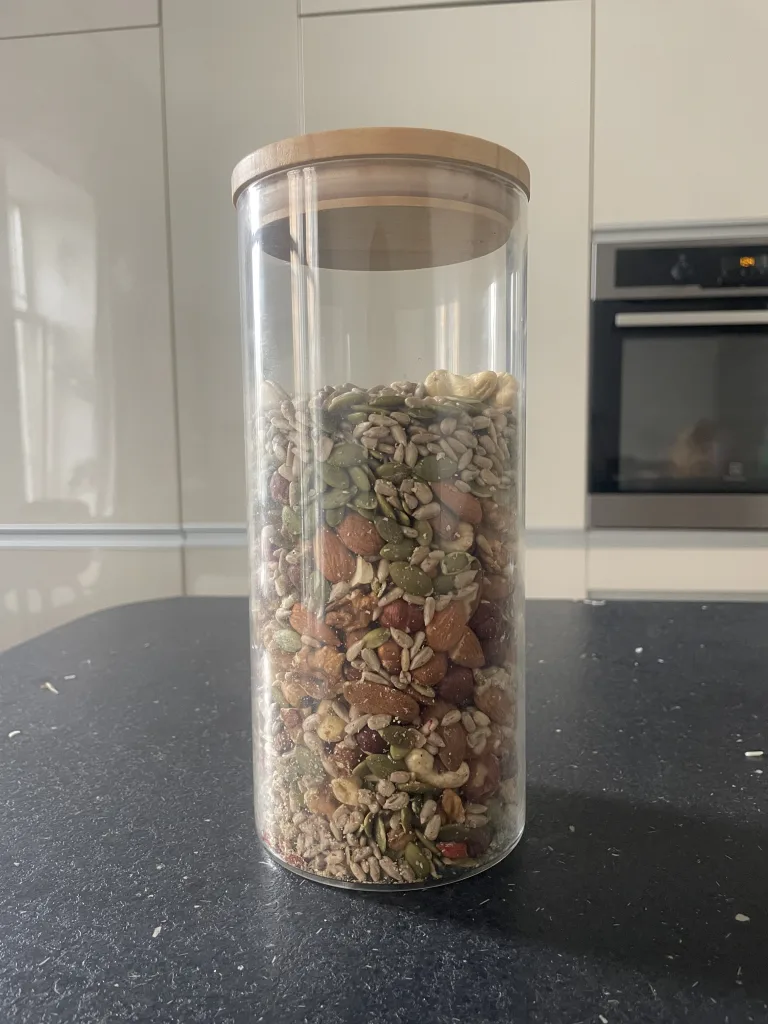
4. Batch make healthy snacks
On a weekend, I like to prepare a load of no-bake ( as I hate baking) protein balls that last me more than a week. They are great snacks to grab before or after the gym to kill the hunger and get some protein in. If you have a sweet tooth, you can make some dates with peanut butter and nuts drizzled with dark chocolate for the days when you really crave Snickers.
Here are some good ideas for healthy snacks if you have a sweet tooth: 20 EASY PLANT-BASED SNACKS: SWEET, HEALTHY IDEAS YOU’LL LOVE
5. Base your meals around protein
No matter whether you are plant-based or not if you eat a good amount of protein, you will feel full for longer and will not overeat. Make sure to include a good amount of protein with each meal. I exercise 5 to 6 times a week and aim for 30 grams of protein for each meal. If you don’t want to count grams, you can use this simple rule – a palm-size amount of protein for a female and two palm-size amounts for a male per meal.
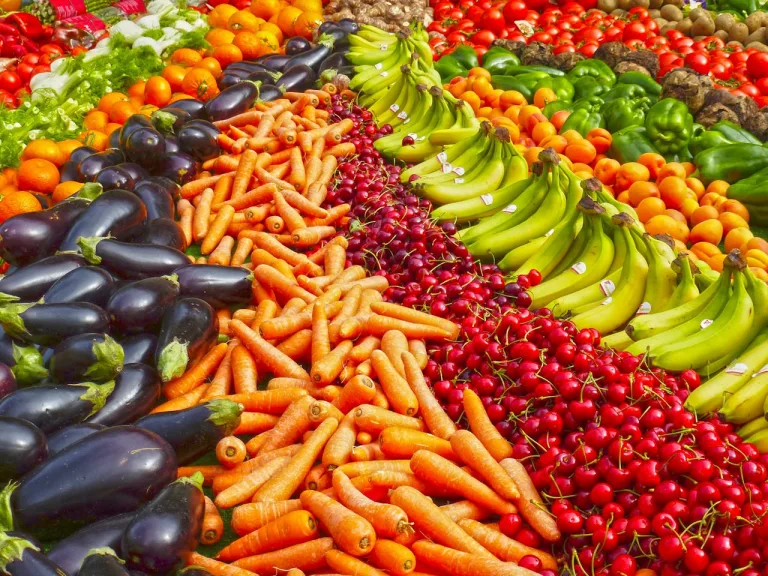
6. Eat a Rainbow
This one is so old but so good. The more colour you eat, the more different nutrients you will consume. The variety of fruits and vegetables is so vast that you will never get bored. From yellow bananas and pears as a snack to purple cabbage in your salad, the more colour, the more nutrition. Make sure to eat your rainbow cooked and raw for different nutrient absorption.
Eat your fruit and veggies fresh when in season, but also stock up on frozen produce to keep them fresh for longer.
If you are travelling, try new fruits that you have never tried. You will have a new taste experience and will be introduced to something new for your gut.
7. Batch Cook
I am not the person who can eat the same meals all week, so my batch cooking is not quite a full meal prep but more about preparing meal parts. Here are some things I tend to do to make life a bit easier:
- Chop up a big box of salad and store it all in the fridge with no dressing. This way, I can have the main bit done and also make different dressings each day to change it up.
- That leads to making condiments like mustard dressing, pickled onions, hummus, guacamole, and pesto so they are ready when you need them most.
- Precooked carbohydrates like quinoa, pasta, and potatoes can be stored in the fridge for a few days, and you can change them to avoid getting bored. Cooling and reheating or eating potatoes cold increases the resistant starch content, helping to improve digestion, blood sugar, and increased satiety.
8. Stock up on herbs and spices
Herbs and spices are often overlooked when thinking about nutrition. Make sure to load on all sorts of spices and herbs, from turmeric, garlic, paprika, basil, and oregano to cinnamon and cocoa, so you can create any sweet or savoury dish and quickly add nutrition and flavour.
Here is a list of herbs and spices everyone should have in their kitchen.
9. Supplement
In ideal words, we should only eat organic, fresh food to get all the nutrition we need. In reality, this is not achievable for 90% of people, as most of our food comes from the supermarket rather than our garden. I do not encourage you to rely on supplements to have good nutrition, but only supplement when you feel you need more nutrients for optimal health.
Examples would be:
- B12 and vitamin D if you are following a plant-based diet and live in a colder climate.
- Protein powder if you are exercising a lot but can feel that you are not getting enough protein.
Read an article on HOW TO CHOOSE THE BEST PLANT-BASED PROTEIN POWDER, and 10 BEST PLANT PROTEIN POWDERS WITH NO BS INGREDIENTS if you are new to the protein powder world and want to make an informed desition when buying a plant-based protein powder.
10. Make It Easy with kitchen gadgets
I don’t mean to get the newest, most fancy massive gadgets that will only occupy your kitchen countertop space and will never be used as they take longer to clean than use. I’m talking about simple time-savers that make it easier to cook healthy and nutritious food faster. Being on a mostly plant-based diet, most of the time is taken by peeling potatoes, chopping everything, and squeezing lime, and lemon juice, the key time savers that will help you stay on your nutrition journey are. Here are my top finds that I have tested and researched:
- Vegetable Peeler
- Food Processor, Blender
- Mandoline Slicer and Vegetable Chopper
- Citrus Juicer
- Different Size Food Containers
- Freeze bags
- Salad spinner
- Digital Kitchen Scale
These are the gadgets that I use every day that save me a lot of time. You probably do not need them all; observe what takes the longest in the kitchen and what you can speed up and build up your kitchen helpers.
11. Stock Up On Probiotic Food
To make sure your gut microbiome is healthy, try to eat food rich in probiotics every day. There are some obvious ones, like Kombucha, sauerkraut, kimchi or yoghurt, that you can have as a side dish, and some ingredients, like miso and tempeh, you can incorporate into your main dishes and souses.
Read 15 FERMENTED FOODS FOR YOUR GUT HEALTH to learn more about foods rich in probiotics.
12. Freeze Food
Utilise your freezer to make your life easier and waste less. From leftovers to chopped-up vegetables and fresh herbs, it is a very handy and underrated strategy on how to eat more nutritious food.
13. Incorporate Microgreens
Microgreens are an amazing way to add a lot of nutrition with not many calories or food volume. You can get microgreens like broccoli, mustard, alfalfa, sunflowers, and so many more. Change them up every week, mix them in your salads and smoothies and add them to your baked beans and toast to make your breakfast look amazing and add nutrition.
If you want to find out how good the microgreens are, read: MICROGREENS – BENEFITS, NUTRITION & HOW TO GROW THEM.
Conclusion
Healthy nutrition doesn’t have to be hard or restrictive. It is not about what you can’t have but what you eat more of and make it easy. It is about starting small and creating habits that last a lifetime. It is not about always being perfect ( no one is outside Instagram ) but about making conscious decisions and enjoying food that is good for us.
Silvija Meilunaite, PN1-NC, CSMC, is a certified nutrition and menopause coaching specialist, and a writer in the nutrition and self-improvement field. She explores science-based approaches to holistic health and plant-based nutrition, with a strong focus on researching clean, non-toxic products that support long-term well-being.
- S. Meilunaitehttps://barefootbasil.com/author/silvootegmail-com/
- S. Meilunaitehttps://barefootbasil.com/author/silvootegmail-com/
- S. Meilunaitehttps://barefootbasil.com/author/silvootegmail-com/
- S. Meilunaitehttps://barefootbasil.com/author/silvootegmail-com/
